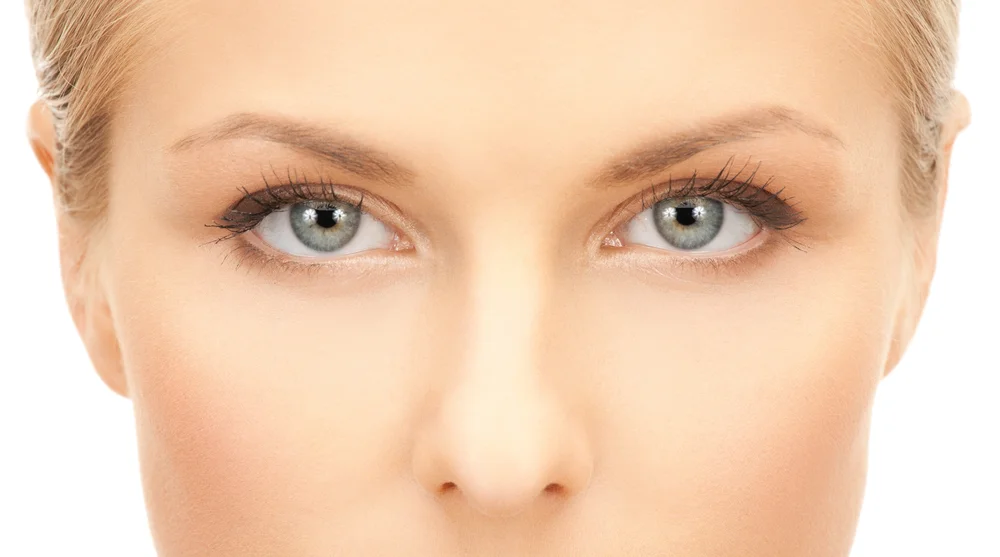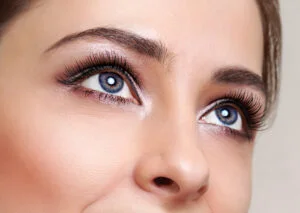Eyelid Surgery (Blepharoplasty)
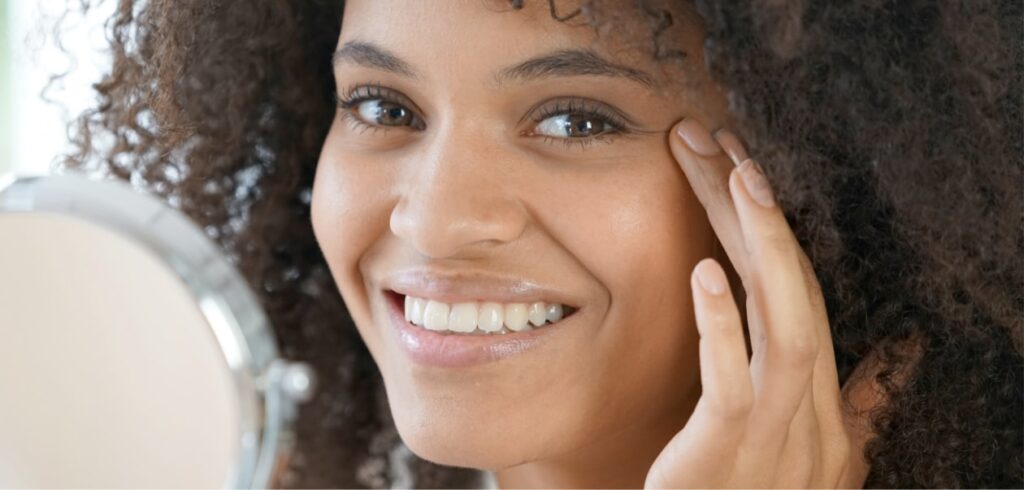 The eyes are often the first facial feature we are drawn towards. Unfortunately, they are also one of the earliest areas to show signs of aging, often imparting a tired or unrested appearance. Blepharoplasty, or eyelid surgery, is a surgical procedure offered by our facial plastic surgeon that is designed to enhance the aesthetic appearance of the eyes and upper third of the face. The position of the brow can contribute to upper eyelid aging and, often, a brow lift can be beneficial at the time of eyelid surgery. Skillfully rejuvenating and framing the eyes typically come down to a matter of millimeters; therefore, meticulous technique is absolutely critical. When performed correctly, crafting and sculpting the upper third of the face can restore the brighter and refreshed appearance of your youth.
The eyes are often the first facial feature we are drawn towards. Unfortunately, they are also one of the earliest areas to show signs of aging, often imparting a tired or unrested appearance. Blepharoplasty, or eyelid surgery, is a surgical procedure offered by our facial plastic surgeon that is designed to enhance the aesthetic appearance of the eyes and upper third of the face. The position of the brow can contribute to upper eyelid aging and, often, a brow lift can be beneficial at the time of eyelid surgery. Skillfully rejuvenating and framing the eyes typically come down to a matter of millimeters; therefore, meticulous technique is absolutely critical. When performed correctly, crafting and sculpting the upper third of the face can restore the brighter and refreshed appearance of your youth.

“Dr. Shadfar is a gifted surgeon and artist. I am really happy with his care. Wonderful staff. Do what he tells you to do and you will be pleased with the results.”
WHO IS A GOOD CANDIDATE FOR EYELID SURGERY?
Good candidates for eyelid surgery typically include individuals experiencing at least one of the following issues:
- Extra (often hanging) skin in the upper and/or lower eyelids
- Protruding fat pockets in the upper and/or lower lids
- Visible wrinkles and creases on one or both eyelids
- Noticeable bags and/or dark circles beneath the eyes
In addition to having cosmetic concerns, men and women whose vision is impaired by hanging upper eyelid skin are usually considered good eyelid surgery candidates, as removing excess skin can often help to improve one’s field of vision.
To learn whether you are an ideal candidate for blepharoplasty, we invite you to schedule a consultation with Dr. Shadfar.
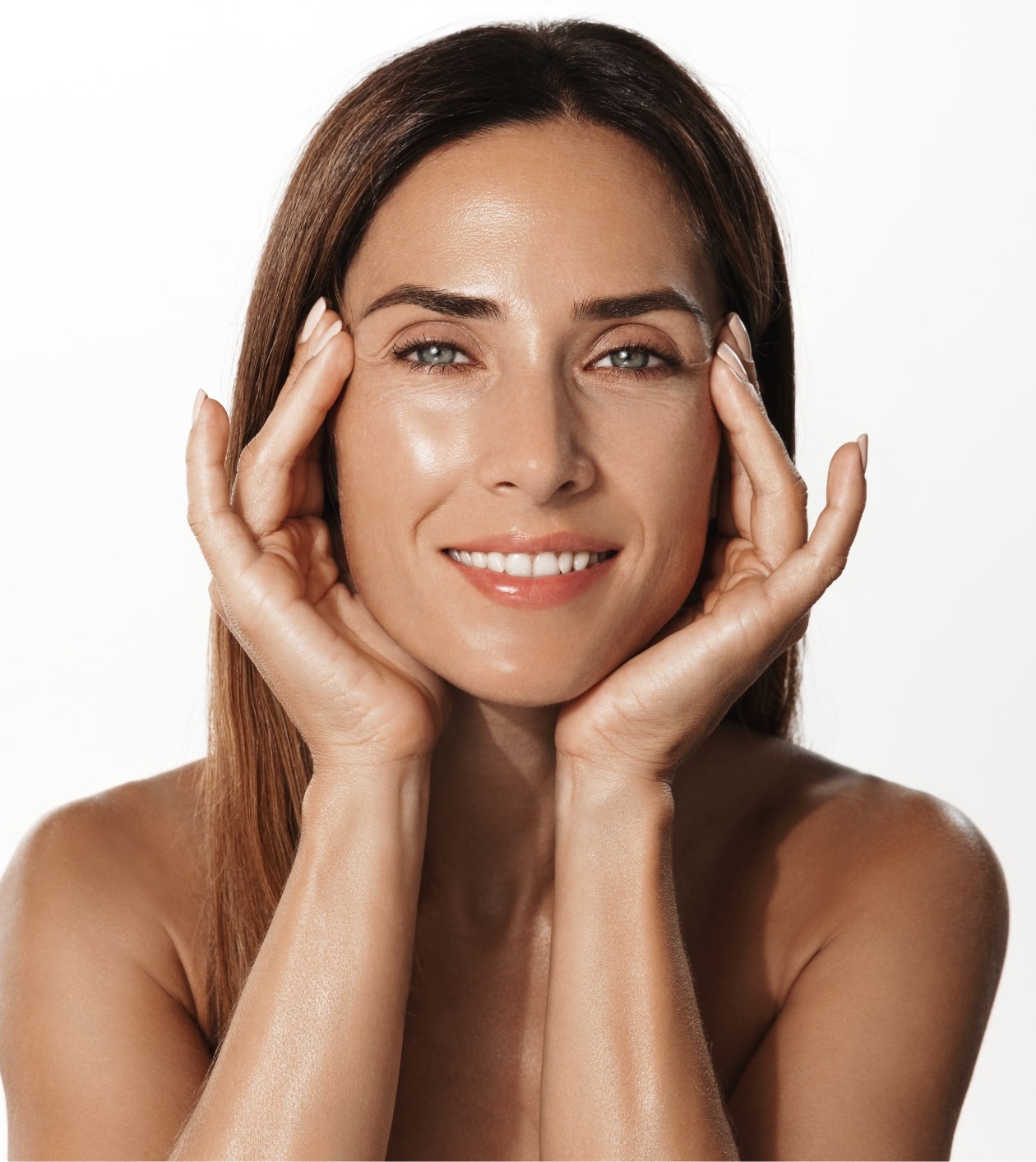
HOW IS BLEPHAROPLASTY PERFORMED?
Blepharoplasty is performed as an outpatient surgery and can utilize local anesthesia, sedation, or a general anesthetic. Each patient will be examined individually to determine which approach is the most appropriate. Contrary to what many believe, upper and lower blepharoplasty are actually two separate procedures. As a result, blepharoplasty can be performed exclusively on the upper eyelids or lower eyelids for patients whose concerns are limited to one lid or the other.
Sometimes patients can have bags of periorbital fat protruding outward, giving the appearance of puffiness around the eyes. This can be hereditary or simply occur with time. Blepharoplasty may be performed on the upper eyelid to address skin redundancy or fat protrusion. In upper eyelid surgery, a small incision is hidden in a natural eyelid crease. Lower eyelid surgery can be performed from an incision on the inside of the eyelid, or through a skin incision on the lower lash line depending on the degree of fat protrusion, skin redundancy, and laxity. After awakening from anesthesia, you will have ointment in the eyes. Patients can go home soon after awakening from surgery.
WHAT BLEPHAROPLASTY RESULTS CAN I EXPECT?
The rejuvenative effects of eyelid surgery often last 10 to 15 years and most patients do not feel the need to pursue further treatment in the future. While blepharoplasty will never stop the natural aging process, patients who received eyelid surgery to refresh their eye contours will generally always look more youthful than individuals of the same age who did not undergo blepharoplasty. To maximize the outcome of your procedure, Dr. Shadfar suggests taking protective measures to shield the eyes from damaging UV rays, such as applying sunscreen daily and wearing sunglasses whenever outdoors. Use of medical-grade skincare products can also help slow down aging around the eyes and improve concerns like wrinkles and fine lines.
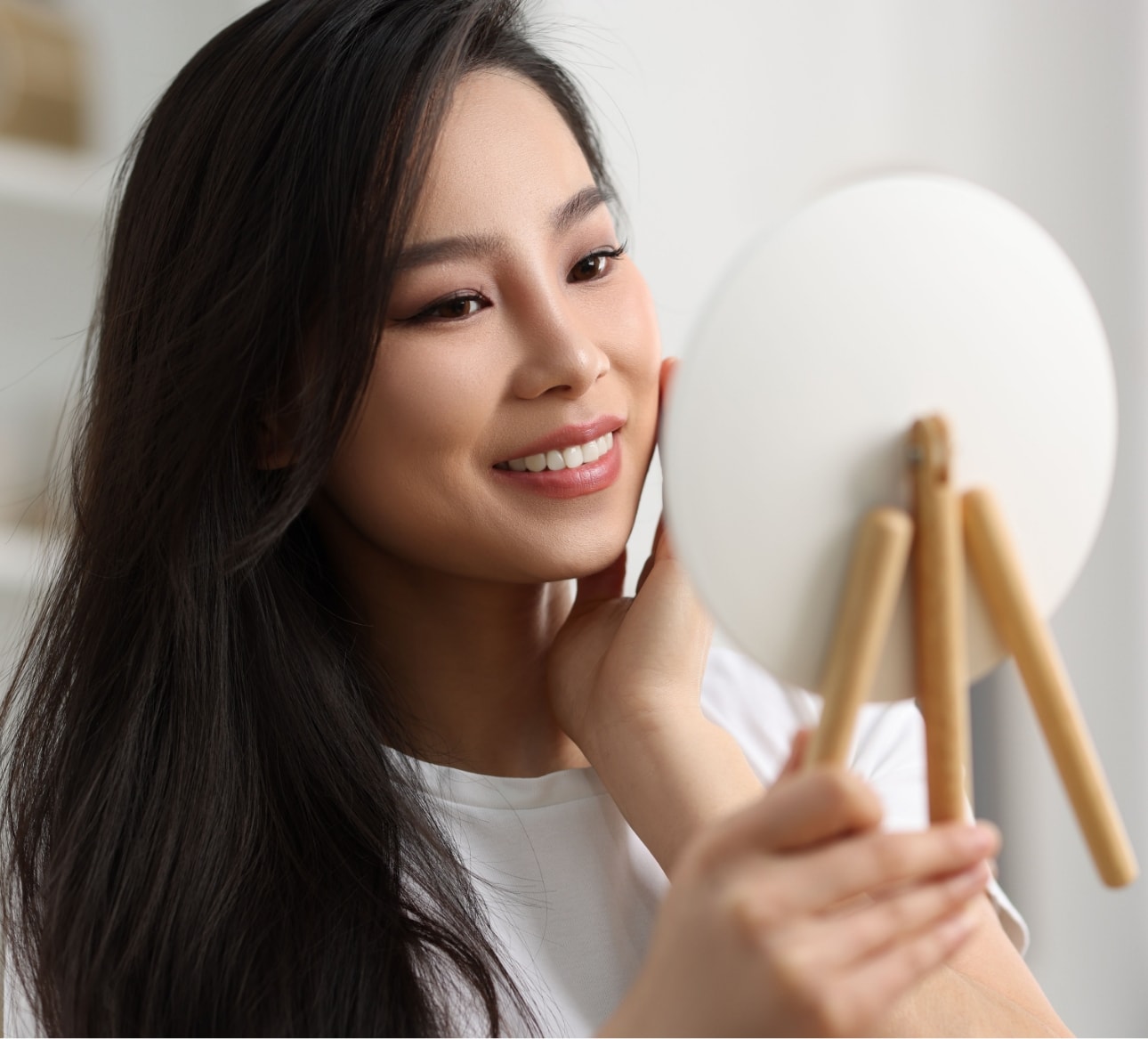
ARE THERE OTHER EYELID REJUVENATION OPTIONS?
Some patients desire rejuvenation in the upper face, but cannot—or simply do not wish to—undergo a surgical procedure. For men and women looking for less invasive treatment options, there are other non-surgical solutions that can be used to provide a more youthful facial appearance. Advanced injectable formulations, such as BOTOX® Cosmetic, can achieve a refreshed aesthetic by smoothing crow’s feet around the corners of the eyes, brow creases, and other expression lines in the upper third of the face. Additionally, injectables and dermal fillers can be utilized to fill in hollow tear troughs under the lower eyelid for those who would benefit from redefined facial contours. While these treatments do not mirror the same quality of results nor longevity of the outcome as blepharoplasty, both can be effective methods of facial rejuvenation that do not require the need for extensive downtime. Dr. Shadfar can walk you through all of your treatment options after discussing your cosmetic goals during a consultation.
ADDITIONAL Eyelid Surgery Frequently Asked Questions (FAQS)
Where Are Eyelid Surgery Incisions Located?
For upper blepharoplasty, a small incision will be hidden in a natural eyelid crease. For lower blepharoplasty, an incision is either made inside the eyelid or along the eyelash line on the outside of the lid. No matter where the incisions are located, they tend to heal well and are virtually indistinguishable to others once they reach their final appearance.
Why Are Blepharoplasty And Brow Lift Surgery Often Combined?
For individuals bothered by significant eyelid sagging, a brow lift can usually help further raise the upper eyelids for an even greater improvement in one’s field of vision. Additionally, the brow lift procedure can smooth folds and creases between the eyebrows and along the forehead, helping to create a more comprehensive enhancement in the upper third of the face.
Can Blepharoplasty Get Rid Of Eyelid “hooding”?
Yes, correcting the excess eyelid skin that causes tissue to accumulate along the upper lash line is one of the key reasons why patients pursue blepharoplasty. The procedure can be very effective at smoothing this region and removing the tissue that often droops into a patient’s peripheral vision. If you opted to undergo upper blepharoplasty to correct eyelid hooding, you should be able to enjoy a wider, unobstructed line of sight while improving the overall cosmetic appearance of the upper eyelid.
When Can I Wear Contacts And Makeup Again After Eyelid Surgery?
Contact lenses can generally be worn 10 days after the blepharoplasty procedure, although this timeframe may vary depending on your unique rate of healing. Immediately after surgery, the incision sites for both upper and lower eyelid surgery can be fairly delicate and susceptible to inflammation. For this reason, we advise patients who normally wear contacts to temporarily switch to glasses until their incisions are healed to prevent unnecessary tugging and pulling of the eyelid skin. Wearing eye makeup prematurely can similarly lead to an increased risk of infection, therefore patients should also wait 10 to 14 days before resuming makeup application.
What Will My Eyes Feel Like After Surgery?
After eyelid surgery, it is not uncommon for the eyes to feel tight, swollen, or sensitive to bright lights. These reactions are normal, and should subside naturally as your recovery progresses. In the meantime, swelling can often be reduced by applying cool compresses and taking over-the-counter pain medications. The sensation of dryness is common, and continued use of moisturizing drops is mandatory. As the healing process continues, your eyes should begin to feel more normal.
Will Blepharoplasty Affect My Vision?
Blepharoplasty may temporarily cause your vision to blur after surgery, but any blurriness experienced typically subsides after two to three days. While permanent changes to one’s vision are extremely rare for patients who are good candidates for the procedure, it’s critical to select a board-certified facial plastic surgeon to perform your blepharoplasty in order to lower the risk of potential complications.
To learn more about eyelid surgery, or to schedule a consultation, please contact our practice today.





